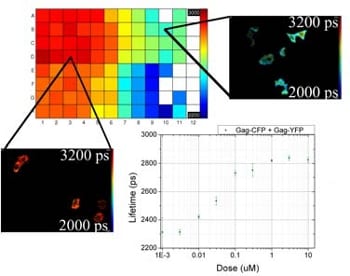Scientists unlock nature’s green secrets to accelerate drug discovery, delivering eco-friendly pharmaceuticals with exciting potential.


Scientists unlock nature’s green secrets to accelerate drug discovery, delivering eco-friendly pharmaceuticals with exciting potential.

Addressing the lack of diversity in drug testing, scientists are using organoids from voluntary donors to enhance equity and inclusion.

Artificial intelligence and machine learning are playing increasing roles in drug discovery, potentially saving significant time and money.

Computer-aided drug discovery looks to neural networks that can better predict chemical properties to streamline the search for new therapeutics.

Convolutional neural networks provide stronger predictive performances for pharmacological assays compared to traditional machine learning models.

Outstanding structural and pharmacological features of eight unique lipid‐binding receptors, one of the most difficult G protein‐coupled receptor families to study, have been revealed.

A new automated fluorescence lifetime imaging plate reader has been used to study aggregation of HIV-1 Gag proteins.
This book documents examples of transition metal catalysis in drug discovery and development from an industrial perspective. Co-edited by Barry Trost, one of the foremost organic research chemists, the authors pay particular attention to transitioning...

Researchers discover that a Parkinson’s drug, procyclidine, can reduce physical nicotine withdrawal symptoms, such as tremors and immobility.

Scientists develop new drug delivery system that targets tumors then exists the body using “switchable” chemistry.